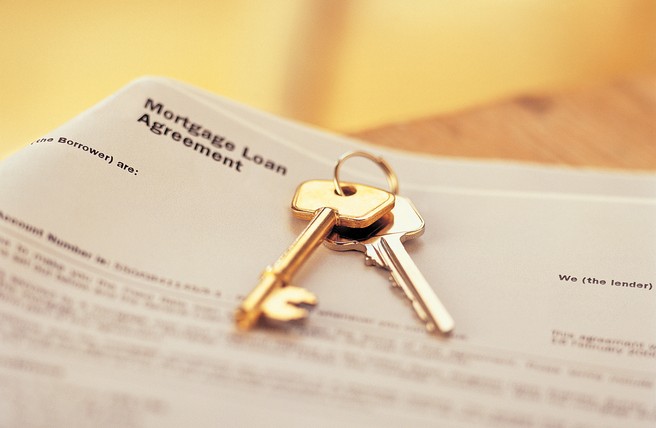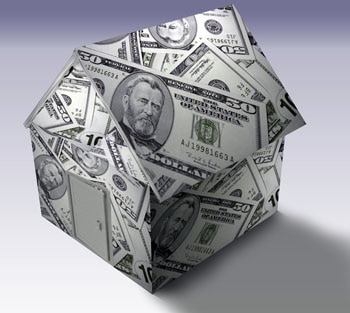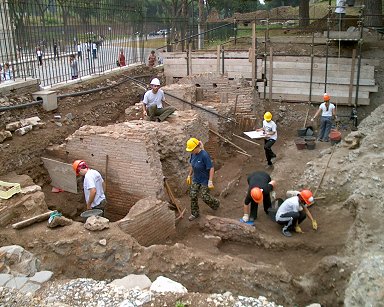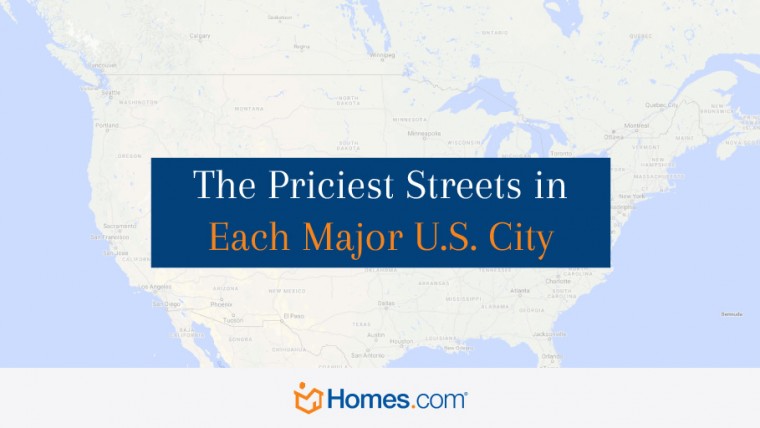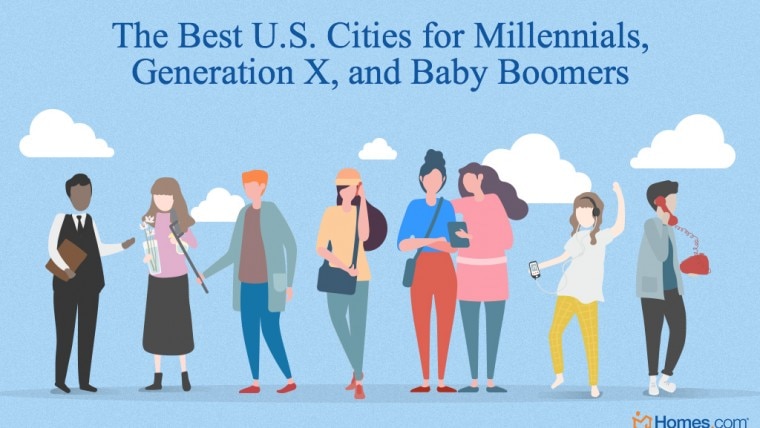While searching for the perfect home, one of the very first questions that most lenders, realtors, and/or sellers will ask concerns the percentage of down payment. What is a down payment, and why is it important? Quite simply, the down payment is the amount of cash the buyer will put towards the transaction. A higher percentage could equate to stronger negotiating power; or, it could give the seller increased confidence that the deal will go through smoothly. Each individual, however, has to ask how much does he or she need to put down and how much is he or she comfortable with.

There are many loan programs out there that all have their own down payment requirements. Financial analysts looked over all the historical data and determined that buyers who have 20 percent down payment at time of purchase are exponentially less likely to default on their loan. Because of that, conventional loans with a 20 percent down payment offer some of the most competitive interest rates and benefits in a loan package. With such a large down payment, loan approval tends to be a little more lenient and the process can be a tad smoother than other loans. Generally, a 20 percent down conventional loan has great appeal for sellers and can lead to higher bargaining power.
If you don’t quite have 20 percent down payment, there’s been a recent change to the financing industry and there are now conventional loans that require as little as three percent down payment. It’s a conventional loan product but since it’s below 20 percent, mortgage insurance will still be required. The MI can be eradicated once you reach approximately 20 percent.
One of the most popular loan products is the FHA loan which requires a minimum of 3.5 percent down payment. Since there are less stringent qualification requirements and a small amount of cash needed, many first time home buyers gravitate towards this loan option. Similar to the 3 percent down conventional loan, this loan also requires private mortgage insurance. However, the FHA has an upfront insurance premium plus an annual amount that’s collected monthly. Two recent changes are that the mortgage insurance lasts the entire life of the loan but the annual premium was just reduced to approximately 0.85 percent on a 30 year loan.
Even though the mortgage industry has tightened up over the years, there are still several loan options that exist that offer 100 percent financing with zero cash down. One is almost exclusive to veterans (or those who are in active duty or reserves) called a VA loan. For those that are considering a home in a more rural area, there’s the USDA loan. There’s also another FHA product that allows for the financing of the 3.5 percent down payment as a second mortgage called a FHA Plus Loan (aka VHDA).
As you can see, there are many different options available that allow for a variety of down payment percentages. The amount is important because it demonstrates a borrower’s ability to repay the amount financed to both the lender and the seller. From a lender’s standpoint, it can lead to a higher purchase price and/or better interest rates. From a seller’s standpoint, it could possibly give you the edge on a multiple offer scenario and/or negotiate the best possible value on the home. Carefully evaluate what’s best for your specific situation.
With interest rates being low, it may be more advantageous to buy now (utilizing a lower down payment loan) rather than waiting several years to save up to hit the next benchmark. If you’re just barely short, it may be better to buckle down, save up, and be patient. Everybody’s scenario is different and the important thing to know is that you have options from zero down up to 20 percent and beyond!





